From the November 2023 issue of Apollo. Preview and subscribe here.
The Irish Society of Botanical Artists, established as recently as 2014, features 31 members on its website, of whom only one is male. Why should this be so, when Patricia Butler’s new book on the subject of Irish botanical art makes clear that early practitioners in the genre – in Ireland, at least – were, without exception, men? Her text opens with a discussion of Philip O’Sullivan Beare (c. 1590–1636), a member of an ancient Gaelic ruling family of County Cork living in exile in Spain who, while he did not draw the plants of his native country, in the mid 1620s recorded them in a systematic manner in Latin, Greek, Spanish and Irish.
The first published listing of native Irish plants appeared in Theatrum Botanicum (1640), which was written by not an Irishman but an Englishman, the herbalist John Parkinson. His text was illustrated with woodcuts and copperplate engravings (none of which, Butler notes, came from the hands of an Irish artist). Butler’s work contains an appendix on the subject of botanical drawings in print – she rightly observes that the objective of anyone working in this area ‘is to convey information in as highly scientific and accurate a way as possible’ and points out that ‘the necessity for accuracy in plant portraiture is of supreme importance as botanists require as much visual information as possible in order to help them to name and identify the plant in question.’ The invention of print revolutionised botanic studies because it allowed readers of books to see images of the flora being discussed in the accompanying text.
As for why women were not prominent in the area for so long: until at least the 18th century, botanical art – or perhaps more accurately, illustration – was an adjunct of science, its purpose to provide visual information to anyone engaged in the study of plants. In consequence, early examples of the genre are resolutely functional. Typically, an engraving of Potentilla anglica (trailing tormentil) by James Gwim in 1732, while it possesses a certain charm, served a practical purpose, illustrating a pamphlet on tanning published by the Dublin Society – the plant’s roots were used to produce a dye for reddening leather. Not untypically, Gwim began his career as a coach-painter and later designed images for the lids of snuff boxes: only gradually did plant portraiture become a specialist skill. By the middle of the 18th century, the Dublin Society – founded in 1731 with the declared intention of improving the country’s ‘husbandry, manufactures, and other useful arts’ – had established a drawing school; in 1777 artist James Mannin was being paid £25 per annum to teach pupils ‘his Art of drawing Foliages.’ By 1800, the organisation was awarding prizes for drawings of trees and flowers.
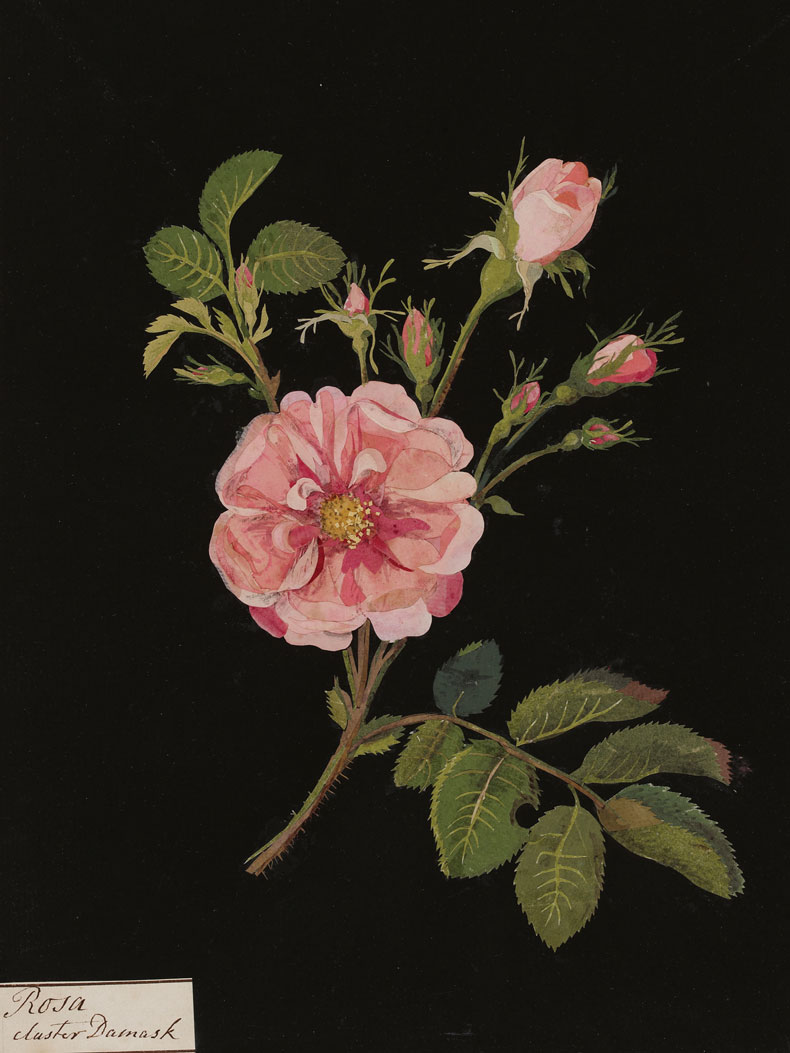
Rosa cluster Damask (1780), Mary Delany. British Museum, London. © The Trustees of the British Museum
All the drawing school’s pupils were boys, but women did begin to take an interest in botanical art, not least the remarkable Mary Delany, who in 1772, at the age of 72, embarked on a series of 985 ‘paper mosaics’, flower collages created from slips of fine coloured paper, which she continued to make until 1785, when her eyesight began to fail. Now housed in the British Museum, Mrs Delany’s pictures are an extraordinary achievement, both botanically accurate and objects of great beauty.
Although unremarked by Butler, here is perhaps the most notable change in flower painting once women begin to engage with the form: art and science satisfactorily merge. There are a few examples of men who manage to combine the two – attention is given here to the Dublin-born designer and entrepreneur William Kilburn, who from the mid-1770s onwards operated a business outside London reproducing his designs of flowers and seaweeds on calico, muslin chintz and other fabrics. But most of the Irish women who painted plants and flowers in the century after Mary Delany were not trying to produce income, as Kilburn was. They were frequently members of the aristocracy or gentry, for whom botanical art was not a profession but a hobby; and they were amateurs, relying on inherent skill and keen observation, rather than formal training. Some, such as Ellen Hutchins (1785–1815) were reluctant to have their own names associated with any work published; others were happy to see their work in print, such as the Hon Mrs Mary Ward (1827–69), whose studies of plants, insects, fish scales and bird feathers appeared in three books under the attribution ‘The Hon. Mrs W.’
Butler provides examples of a number of Irish women who were both botanists and artists, not least Edith, Lady Blake (1846–1926), who came from a wealthy landed family in County Tipperary but was disinherited when she eloped with a man her parents considered unsuitable. In fact, Captain Henry Blake went on to have a remarkable career that saw him serve as governor successively of Newfoundland, Jamaica, Hong Kong and Ceylon. In each place, his wife studied and painted the native plant species, despite having no formal training in either botany or art.
Lady Blake regularly sent back seeds and plants to Kew Gardens, as did Charlotte, Lady Wheeler-Cuffe (1867–1967), another amateur botanic artist and plant collector whose husband worked in the colonial service: in 1917, while the couple were in Burma, Lady Wheeler-Cuffe was invited to design and manage a botanical garden in Maymyo (now Pyin Oo Lwin).
Butler gives ample space to these women and others before concluding with a number of members of the Irish Society of Botanical Artists. Generous colour illustrations throughout the book, often full-page, complement her elegant text. As an exhaustive guide to the genre’s evolution in Ireland, it merits warm welcome. But the question remains: why are there now so few male botanic artists?
‘Drawn from Nature: The Flowering of Irish Botanical Art’ by Patricia Butler is published by ACC Art Books.
From the November 2023 issue of Apollo. Preview and subscribe here.
Unlimited access from just $16 every 3 months
Subscribe to get unlimited and exclusive access to the top art stories, interviews and exhibition reviews.

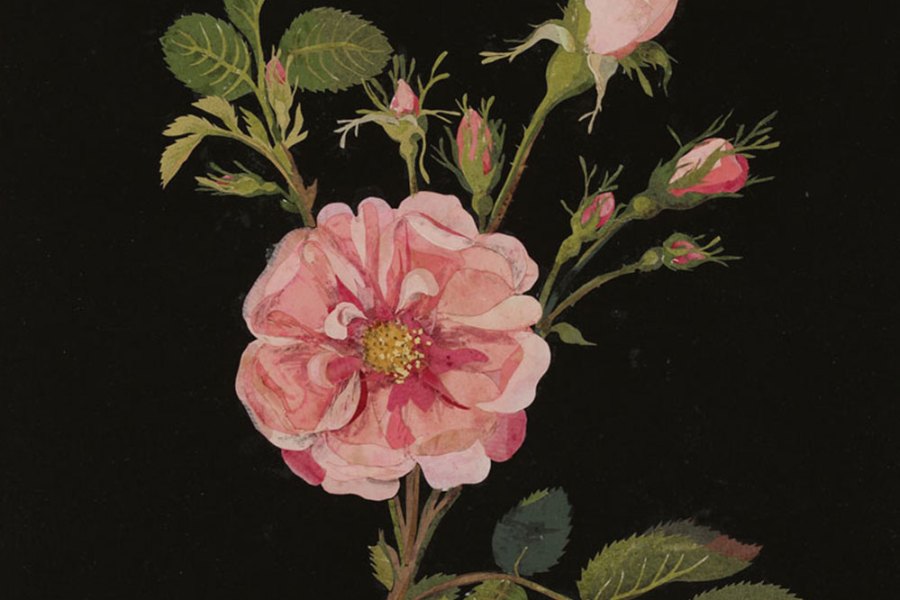
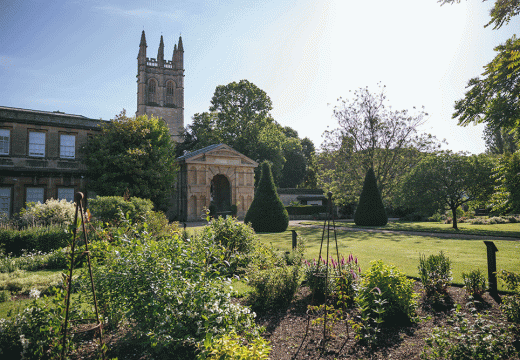
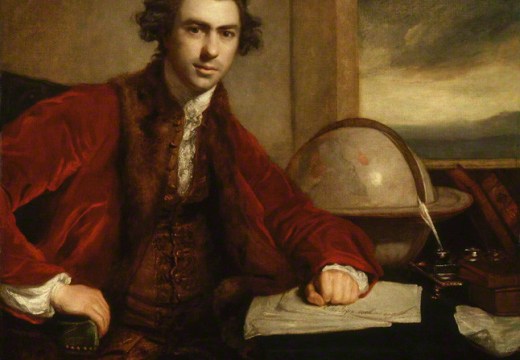
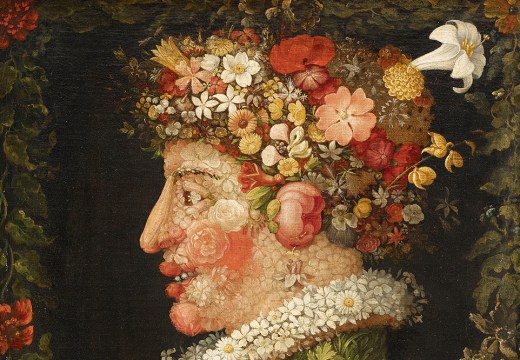









![Masterpiece [Re]discovery 2022. Photo: Ben Fisher Photography, courtesy of Masterpiece London](http://www.apollo-magazine.com/wp-content/uploads/2022/07/MPL2022_4263.jpg)
It’s time for the government of London to return to its rightful home